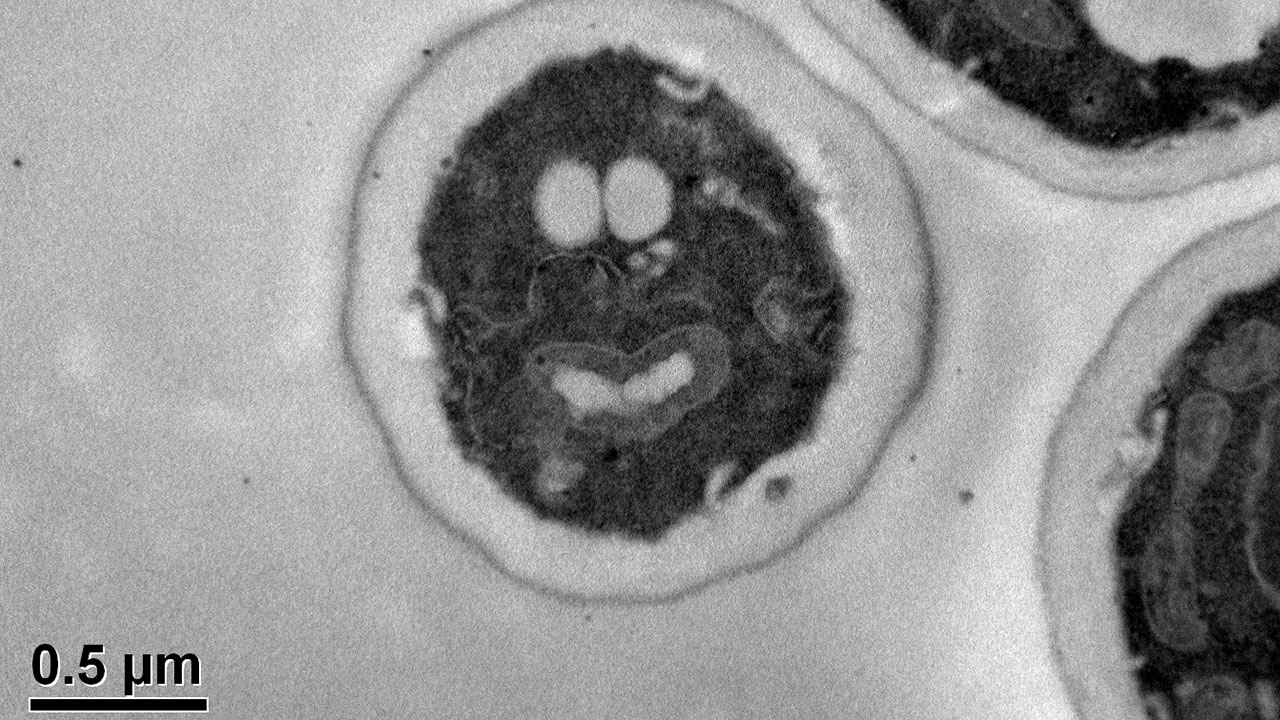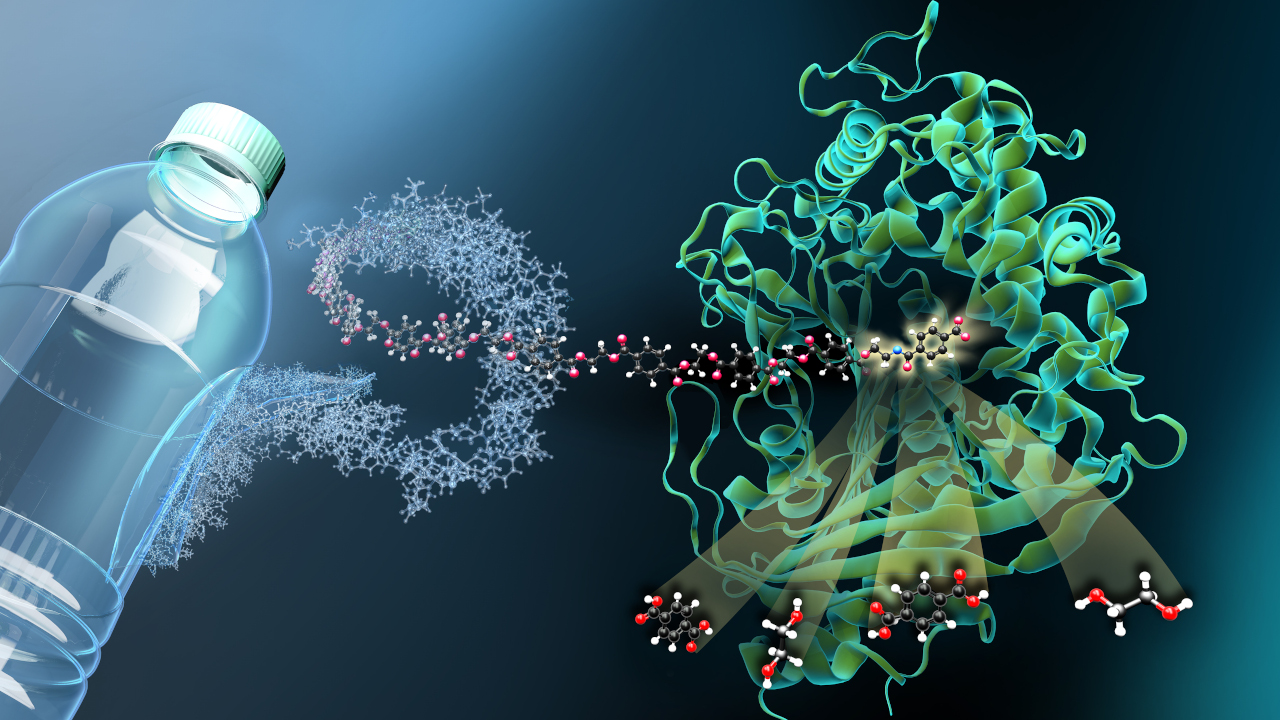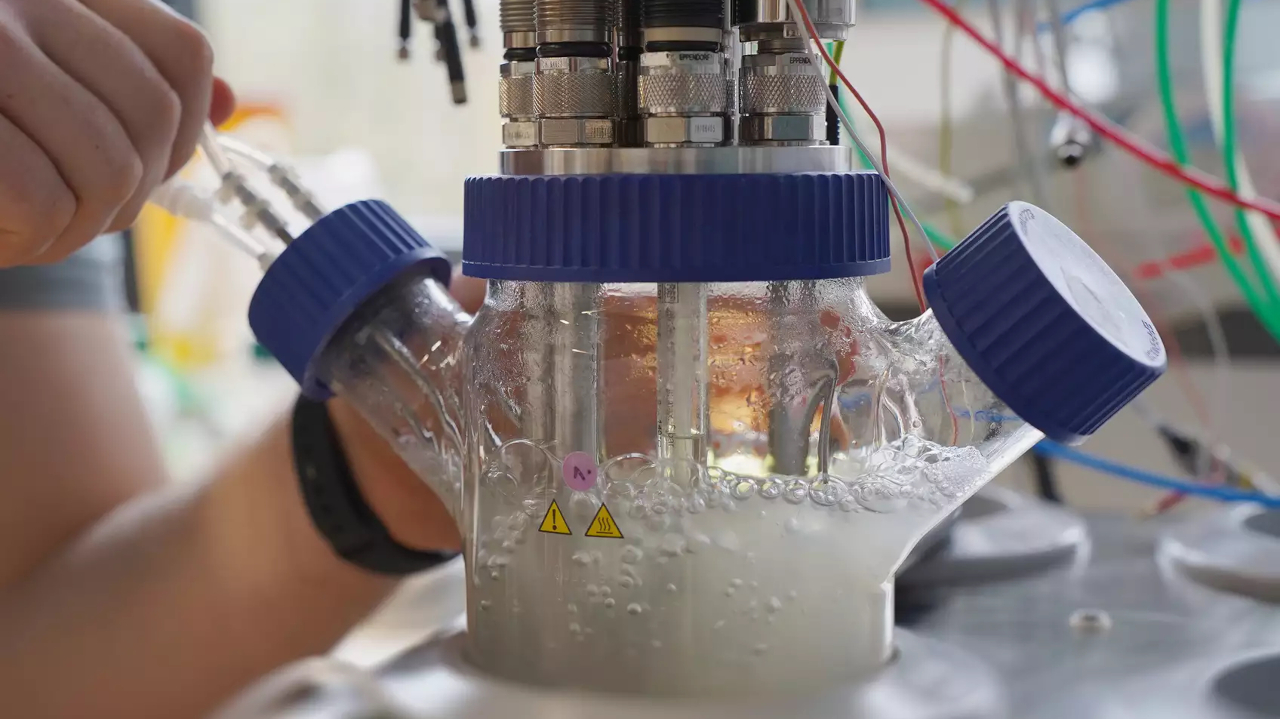Baker's yeast is Microbe of the Year 2022
The multi-talent of modern biotechnology has been used by humans for thousands of years.

Since 2014, the Association for General and Applied Microbiology (VAAM) has annually selected a significant organism from the field of microbiology. With this year's decision for the eukaryotic unicellular organism Saccharomyces cerevisiae, the choice has fallen on one of the oldest and best-known production organisms in biotechnology.
Beer, bread and biotechnology
Baker's yeast was already used in times when no one knew what microorganisms were. Its common name refers to the importance of the unicellular organism as a leavening agent for baking; a second traditional meaning is contained in the technical name, which means something like "sugar fungus of beer": S. cerevisiae ensures alcoholic fermentation. Nowadays, a third major significance is added: as a single-celled organism with a cell nucleus, baker's yeast is far more closely related to human cells than single-celled organisms without cell nuclei. This makes the Microbe of the Year 2022 an important research object and production organism for certain proteins.
Yeast functions as a leavening agent because the cells use the sugar contained in the dough for their metabolism, producing the gas carbon dioxide. This is distributed in the dough in the form of bubbles, which makes it foamy. The carbon dioxide in beer, wine and sparkling wine is also produced by yeast strains.
Alcohol from sugar
People in ancient Egypt were already producing a type of beer this way, however, without understanding the rationale behind it. Alcoholic fermentation by yeasts was then first described by Louis Pasteur in the 19th century. Here, too, the yeast cells feed on sugar from the plant cells and form ethanol and carbon dioxide bubbles. For the yeast, this has the advantage that the alcohol is toxic to many other microorganisms and in this way they eliminate competitors for the sugar.
Biotechnology and cell biology have now accumulated a vast body of knowledge about S. cerevisiae. It serves as a model organism to study the function of eukaryotic cells - i.e. those with a cell nucleus - and it was the first eukaryotic organism whose genome has been completely sequenced.
Insulin and biofuel
The existing knowledge is being used, for example, to implant the gene for human insulin in yeast and thus produce it industrially to help people with diabetes. The Nobel Prize-winning antimalarial drug artemisinin is also produced in yeast. At the other end of the biotechnology spectrum, yeasts digest plant residues such as xylose and convert them into ethanol, which is used as a biofuel or feedstock for the chemical industry.
bl


